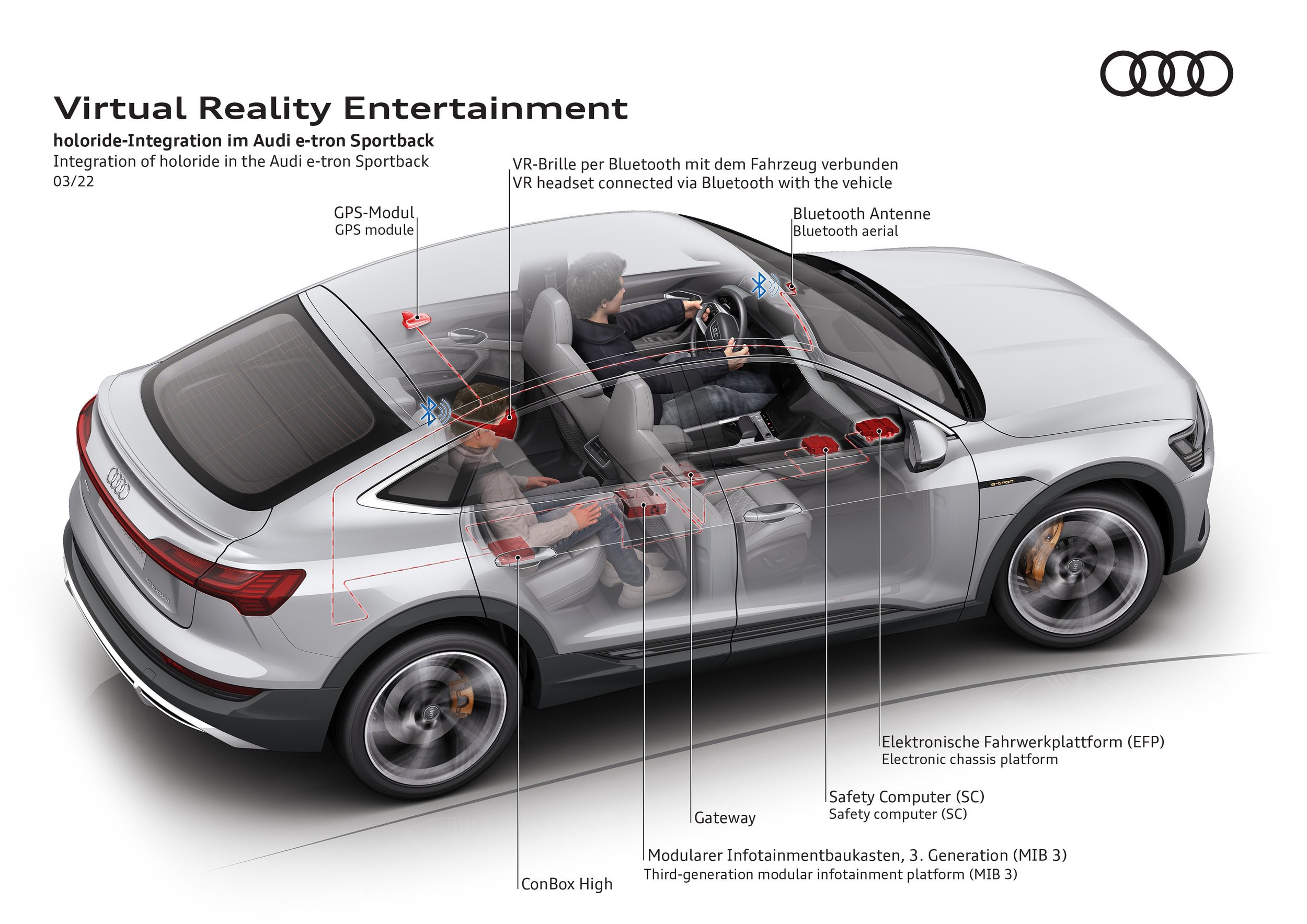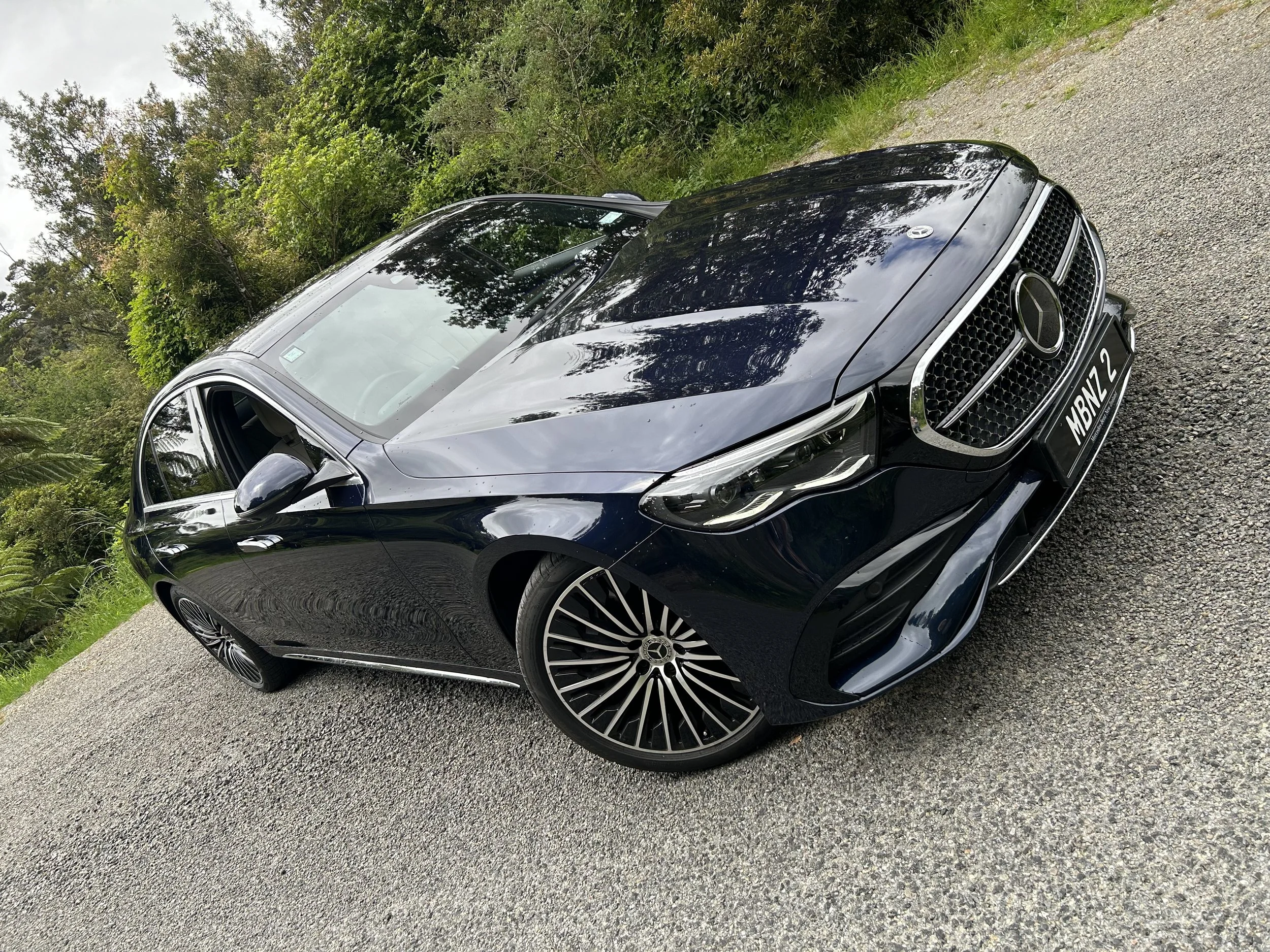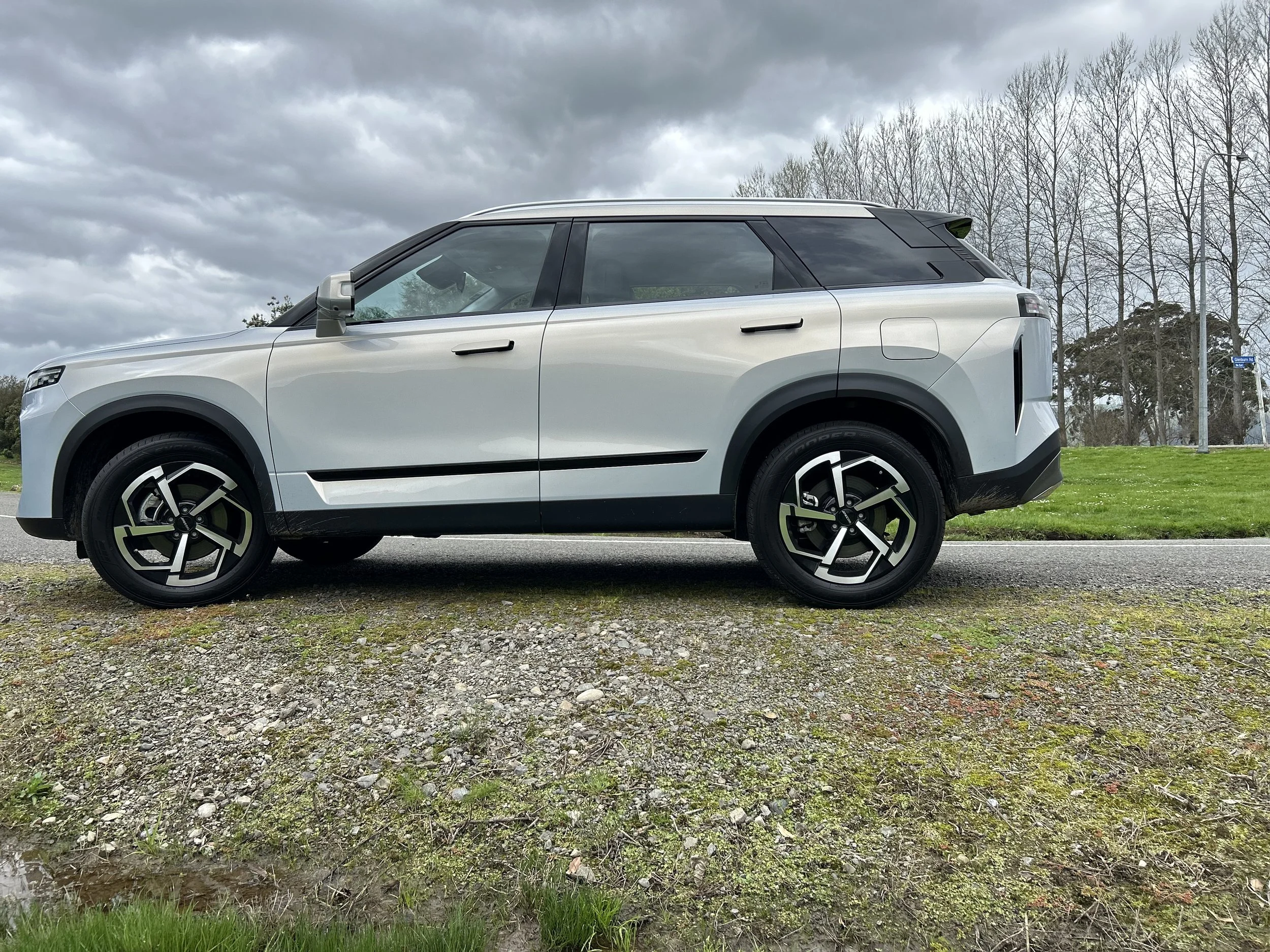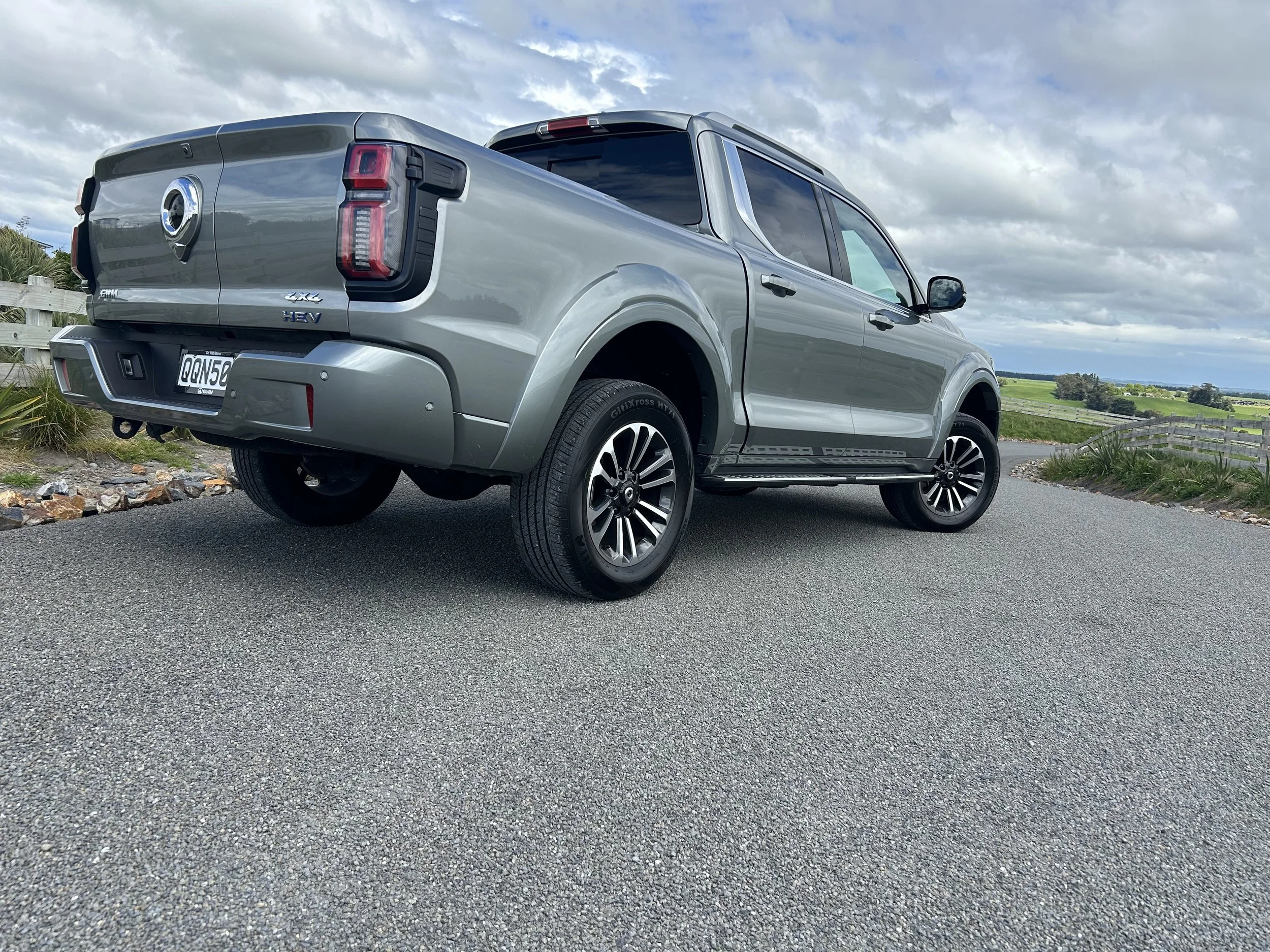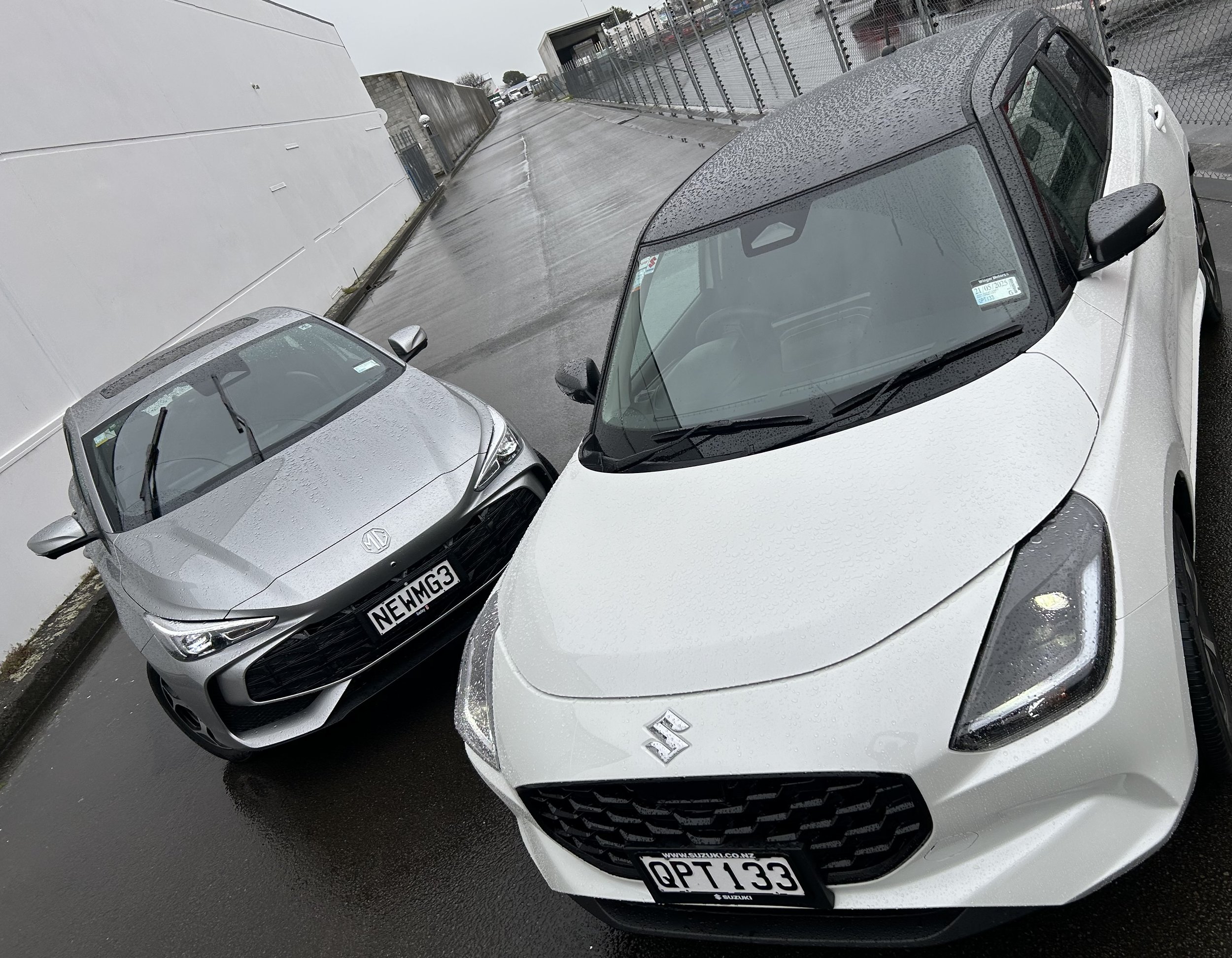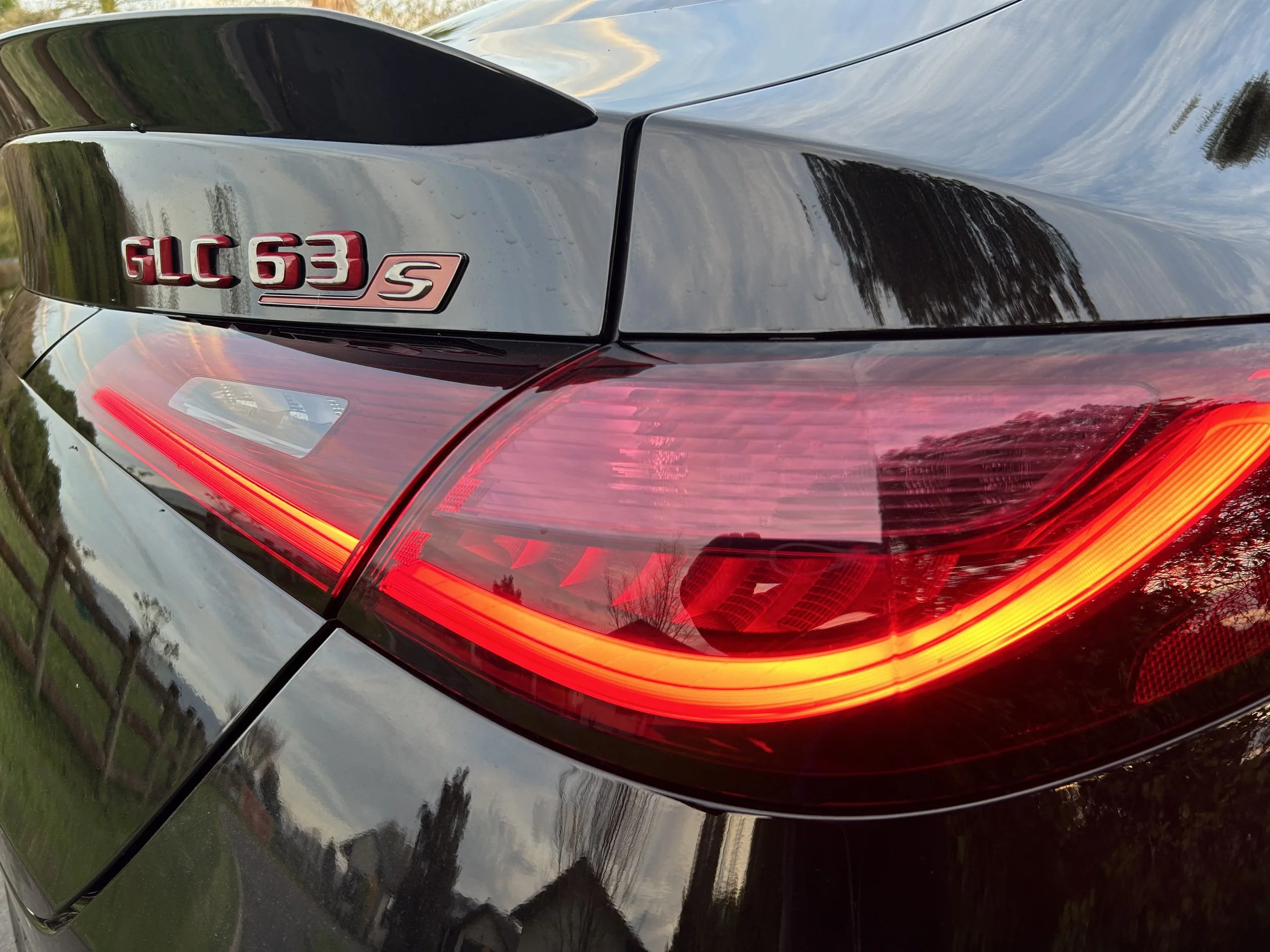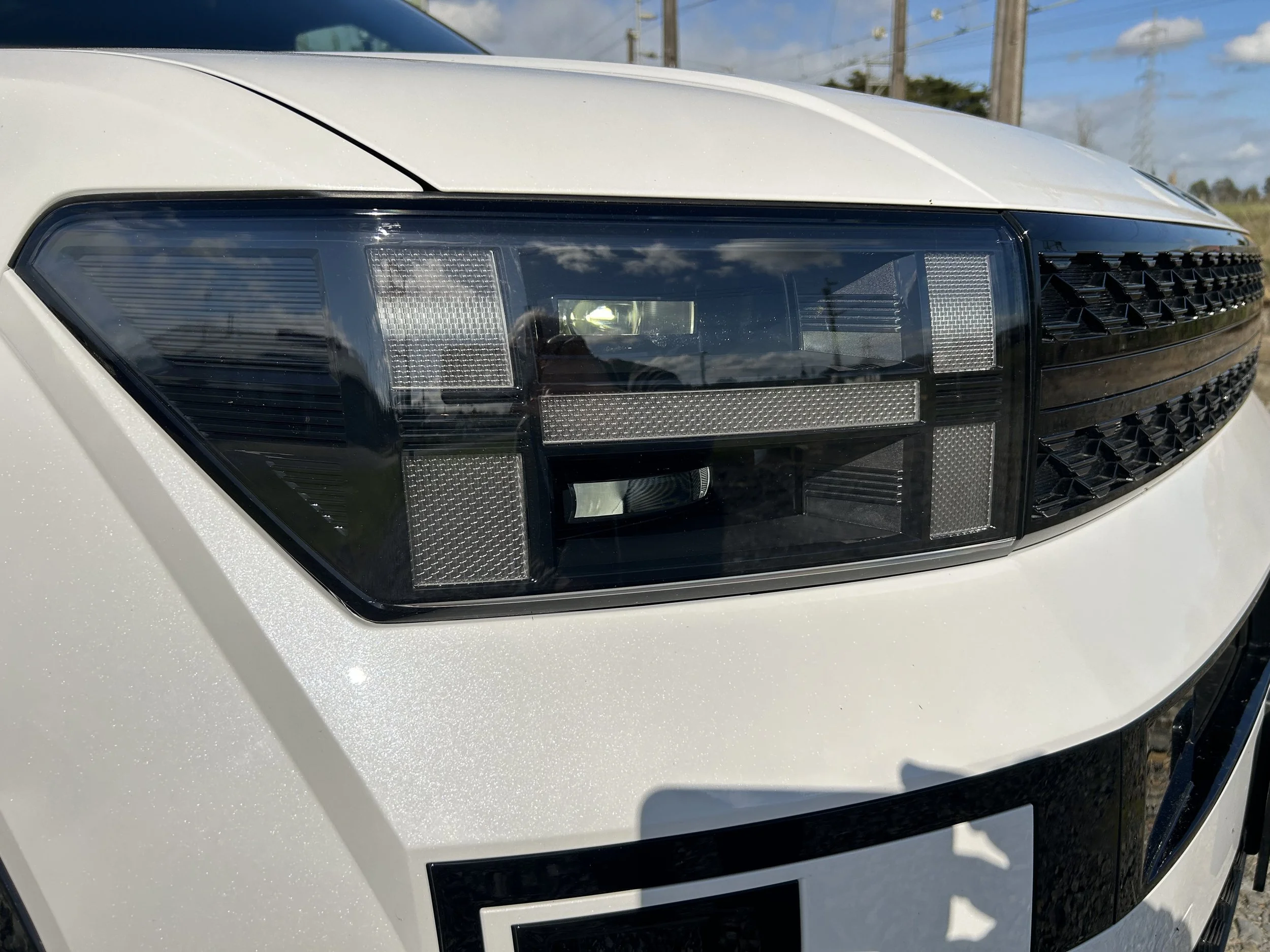Road trip into another world
/Some Audis are to become virtual reality rides for backseat passengers
‘I SPY’, the good old-fashioned singalong, reading a book … they’re just so last century, right?
Today’s activities to keep back seat occupants entertained during a long trip generally now involve electronic devices with screens. And the best might have just arrived.
Audi has announced it will begin to avail virtual reality technology on select models, in select markets, from later this year.
The announcement came at a the latest South by Southwest symposium, basically an annual ‘cool kids’ event for adults, this year held in Austin, Texas.
The Ingolstadt brand is acting quite literally for the ‘Holride’ system; the set-up was developed by a VR entertainment company of the same name, working with another partner. The specific name for the one going into the cars is HTC Vive Flow.
To enact in Audis the setup requires the car brand’s new MIB 3 technology, so everything that the car is doing synchs into the game.
It’s all highly geeky, but basically, the electronic platform is powered by a blockchain ecosystem and features one-of-a-kind “Elastic Content” that takes into account everything from the speed and movement of the vehicle to the length of the trip itself. This means no two in-car VR experiences will ever be exactly the same.
The VRScout.com, which specialises in writing about this stuff, explains “Holoride partnered with a company called Terranet to utilize VoxelFlow, a system of sensors that captures movement data and translates it into gameplay in real-time. As previously mentioned, the open-source system is centered around a blockchain metaverse.
“Not only does this offer developers an easier way to cash in on their creations, but it also allows manufacturers easier access to new games and apps. Passengers will even have the opportunity to buy and sell NFTs on the Elrond blockchain.”
But back to the set-up itself. “The system utilizes the aforementioned HTC Vive Flow to immerse passengers in their backseat VR experiences. The lightweight VR glasses feature a 100-degree field-of-view and 3.2K resolution with a refresh rate of 75 Hz.
“Instead of a dedicated motion controls or hand-tracking, an Android smartphone is used as a 3DoF controller. Controls vary depending on the app.”
VRScout gives as an example a VR game called Space Slurpies. This has players controlling colourful intergalactic worms using the smartphones gyroscopic sensors.
VR Scout is pretty excited. “We’ve been following Holoride’s backseat VR technology for quite some time, which is why news of their partnership with Audi is so exciting.
“By incorporating the real-world movements of a vehicle into the players experience, Holoride’s elastic content puts a whole new spin on location-based VR entertainment as well as haptic feedback technology.”
Imagine the weirdness of playing a driving game … while someone else is driving?
One factor that’s not mentioned but could well be kept in mind is the potential for this immersion to trigger an issue that’s been hampering driving since the dawn of the age of the automobile: Car sickness.



